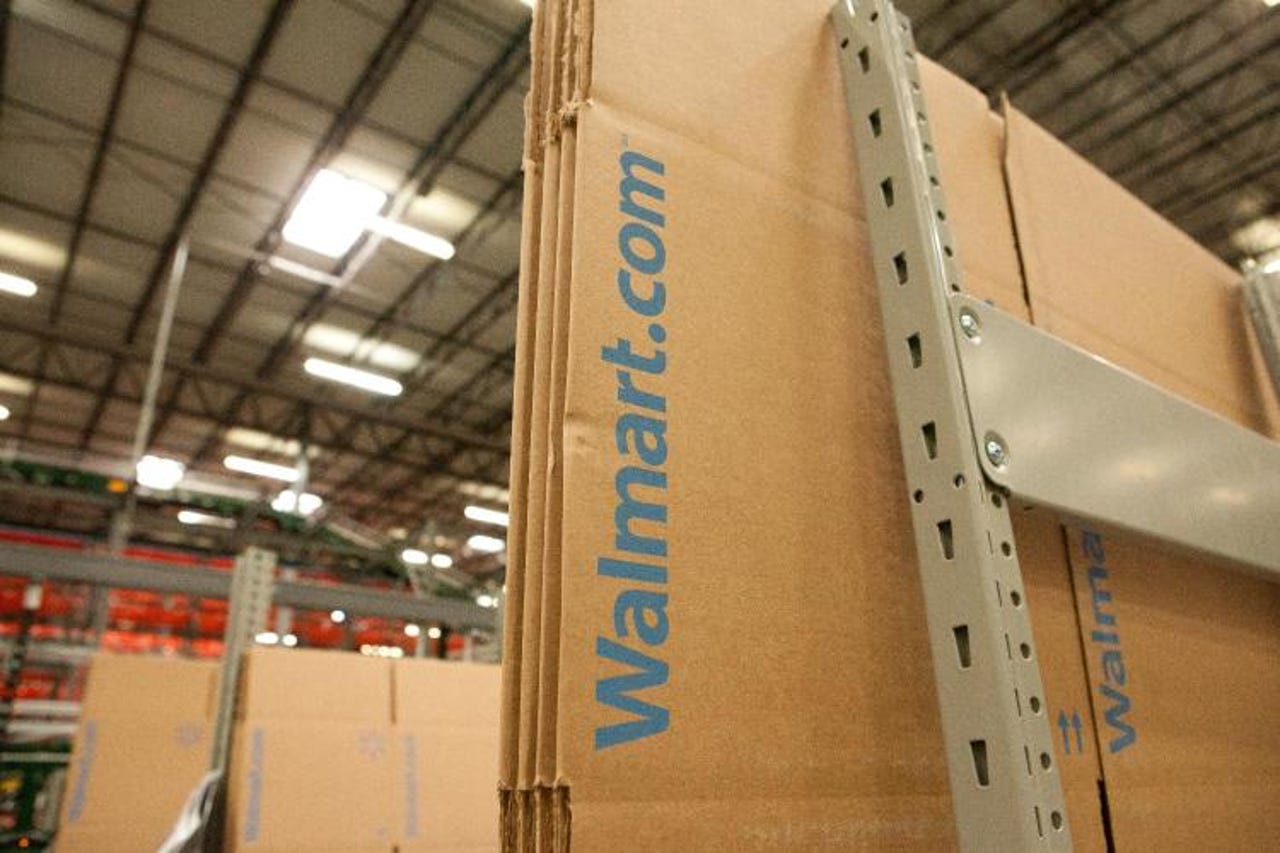Why Walmart needs more than free shipping to challenge Amazon Prime


Walmart is a force within the retail industry. The discount chain is undisputedly the world's largest retailer, with more than 11,000 brick-and-mortar stores globally and over $480 billion in annual revenue.
But when it comes to digital, Walmart still falls short of its online arch nemesis, Amazon.com.
Which is why Walmart revealed this week plans to challenge the ecommerce giant with an online order fulfillment program akin to Amazon's premium subscription service Prime.
Codenamed Tahoe, Walmart's subscription service will charge shoppers $50 per year for unlimited free deliveries of select items within three days or less. While that does undercut Amazon on price (a Prime subscription will set you back $99 per year), there are other important differences that really show the inequality of the two services.
Delivery speed
When it comes to shipping times, Amazon handily tops Walmart with Prime's two-day delivery guarantee. It's interesting because this seems like an area where Walmart could have easily challenged Amazon, using its installed base of global retail stores as shipping facilities to speed delivery times to perhaps just a day.
Walmart even has a small fleet of designated distribution centers across the US and plans to open an additional four sometime this year, so it is certainly equipped to handle more rapid deliveries.
To Walmart's credit, the retailer does offer same-day grocery delivery in five US markets, as well as in-store pickup in most locations, however those services appear unrelated, at least for now, to the Tahoe project.
Selection
Walmart's foray into subscription-based shipping perks is limited on all fronts, including inventory. According to early estimates, Walmart will make around one million products available through the service -- a fraction of Amazon's seemingly endless inventory of more than 200 million items.
Of course, not all of Amazon's available items are Prime eligible, but most key products are included. What's more, Amazon is making moves to expand Prime eligibility to more of its marketplace sellers.
Historically, Amazon has required sellers to store their inventory in one of its physical distribution centers in order for the products to be sold through Prime. But reports are surfacing that Amazon is working out a new agreement with sellers that would reverse that policy and allow more sellers into the Prime program -- essentially doubling its Prime products without using up any more of its distribution infrastructure.
But the physical goods are only a portion of Amazon Prime perks. The service also includes things like free video and music streaming, a selection of free ebooks and unlimited photo storage. Walmart is nowhere close to offering those types of services, and frankly, they don't really fit with Walmart's bargain basement reputation. Amazon shoppers value convenience and choice, whereas Walmart shoppers are most concerned with low prices.
Availability
Walmart plans to keep Tahoe as an invitation-only service right out of the gate, likely as a trial phase before the 2015 holiday shopping season, when it will become available to the masses. Of course on that basis, it's not really fair to compare a new program in beta to one that has been offered and perfected for the last decade, but there is something to say about being first to market.
"First to market almost always wins the game; I don't see this any differently," said Bob Phibbs, CEO of The Retail Doctor, a business consultancy based in New York.
Most Amason shoppers are also extremely loyal, comparatively more affluent, and locked into the Amazon ecosystem.
"For Amazon customers, $99 a year for Prime is not that big a cost, for the value customers of Walmart, I think even $50 is a lot," Phibbs added.
It's safe to assume that Walmart took notice of Amazon Prime years ago, including the impressive conversion rates the system provides for Amazon. Walmart even has @Walmartlabs, a Silicon Valley think-tank of techies, powering its digital efforts with very un-Walmart like innovations.
But it's only after seeing slower growth in its ecommerce and digital sales that Walmart has started to really double down its efforts to reignite its online channel. Walmart plans to funnel at least $1.2 billion into its ecommerce initiatives this year -- but in terms of subscription success, being this late to the game means it has an extremely steep hill to climb.